I have a dataset with binary variables like the one below.
M4 = matrix(sample(1:2,20*5, replace=TRUE),20,5)
M4 <- as.data.frame(M4)
M4$id <- 1:20
I have produced a stacked bar plot using the code below
library(reshape)
library(ggplot2)
library(scales)
M5 <- melt(M4, id="id")
M5$value <- as.factor(M5$value)
ggplot(M5, aes(x = variable)) + geom_bar(aes(fill = value), position = 'fill') +
scale_y_continuous(labels = percent_format())
Now I want the percentage for each field in each bar to be displayed in the graph, so that each bar reach 100%. I have tried 1, 2, 3 and several similar questions, but I can't find any example that fits my situation. How can I manage this task?


